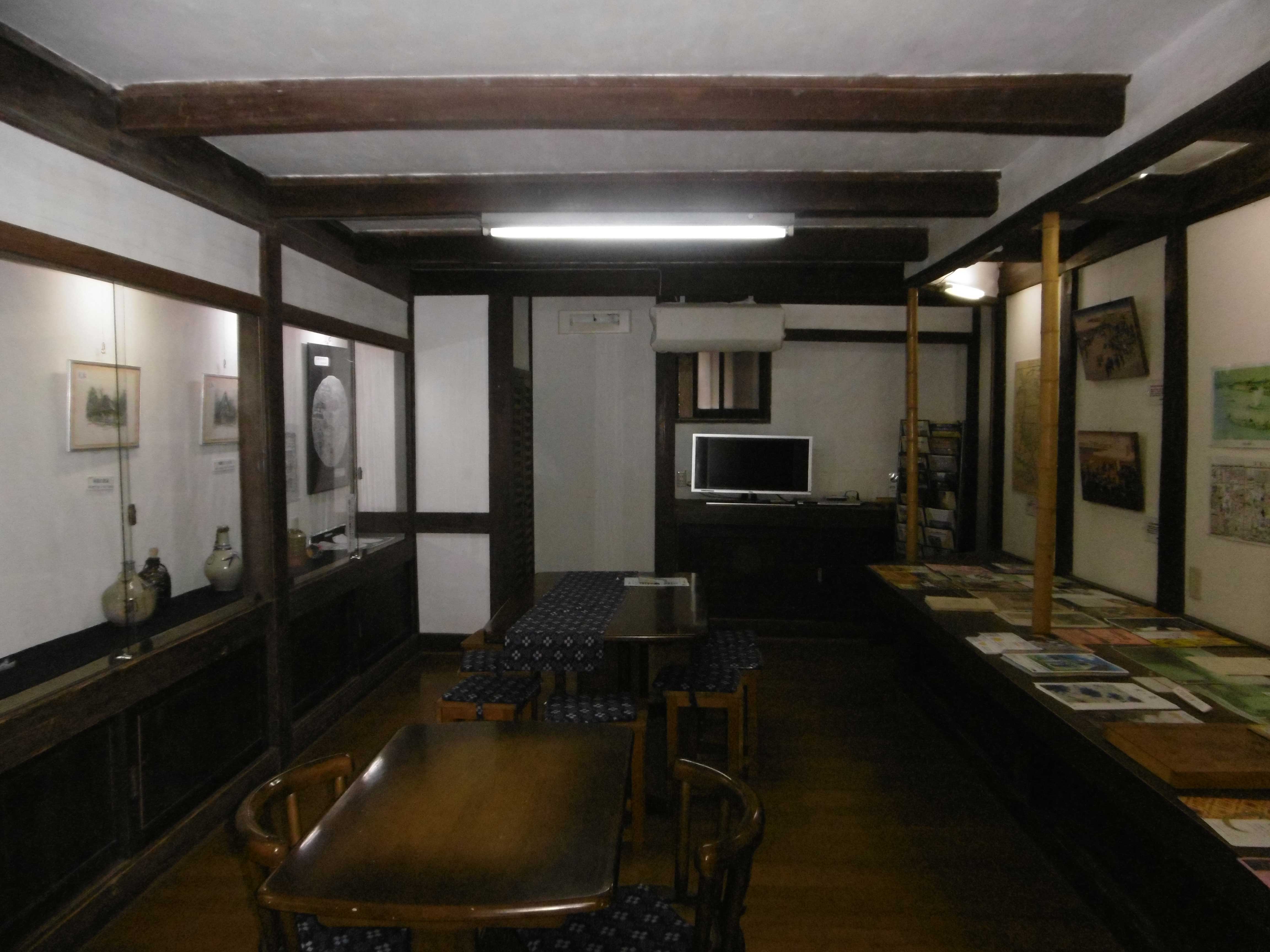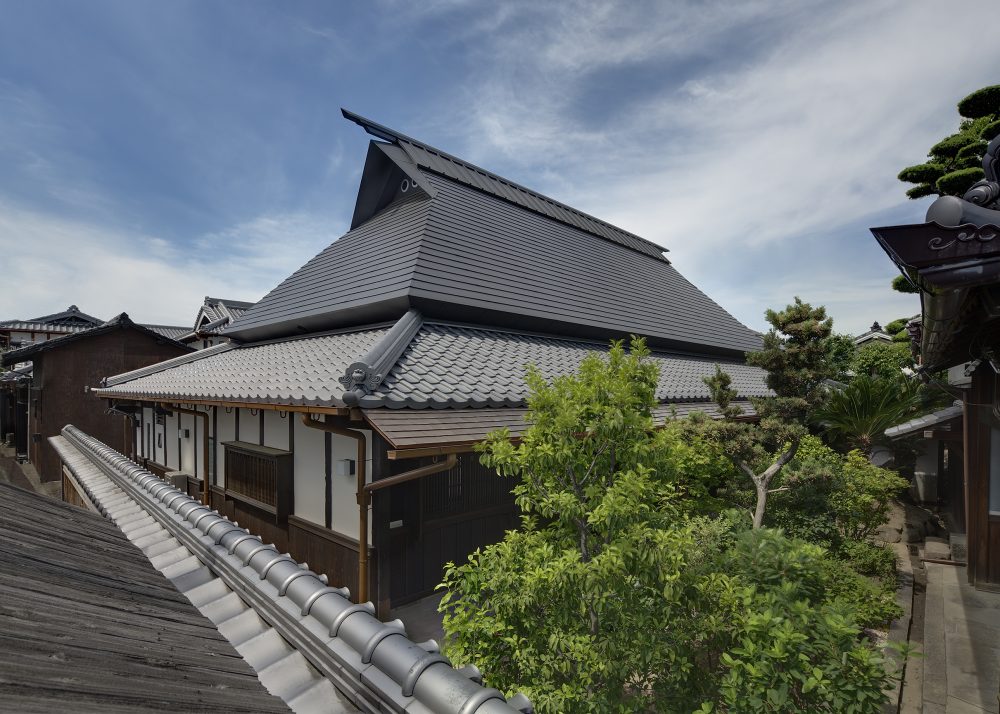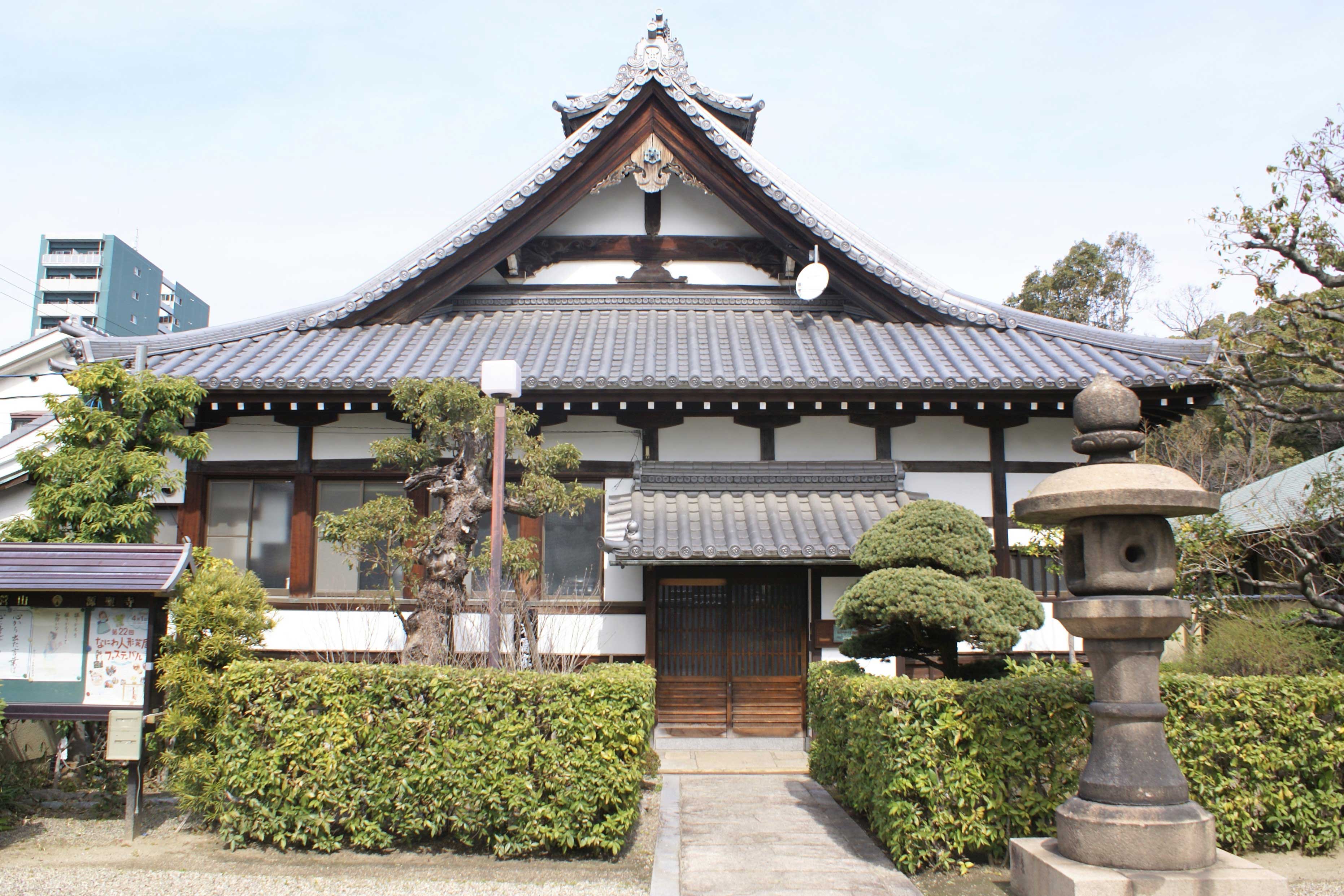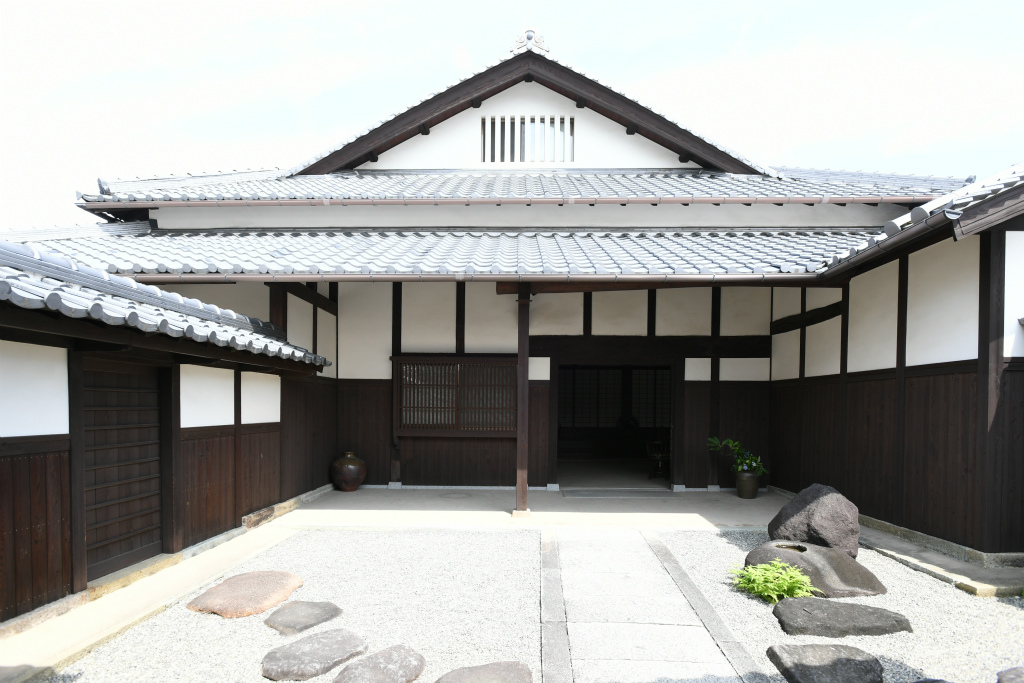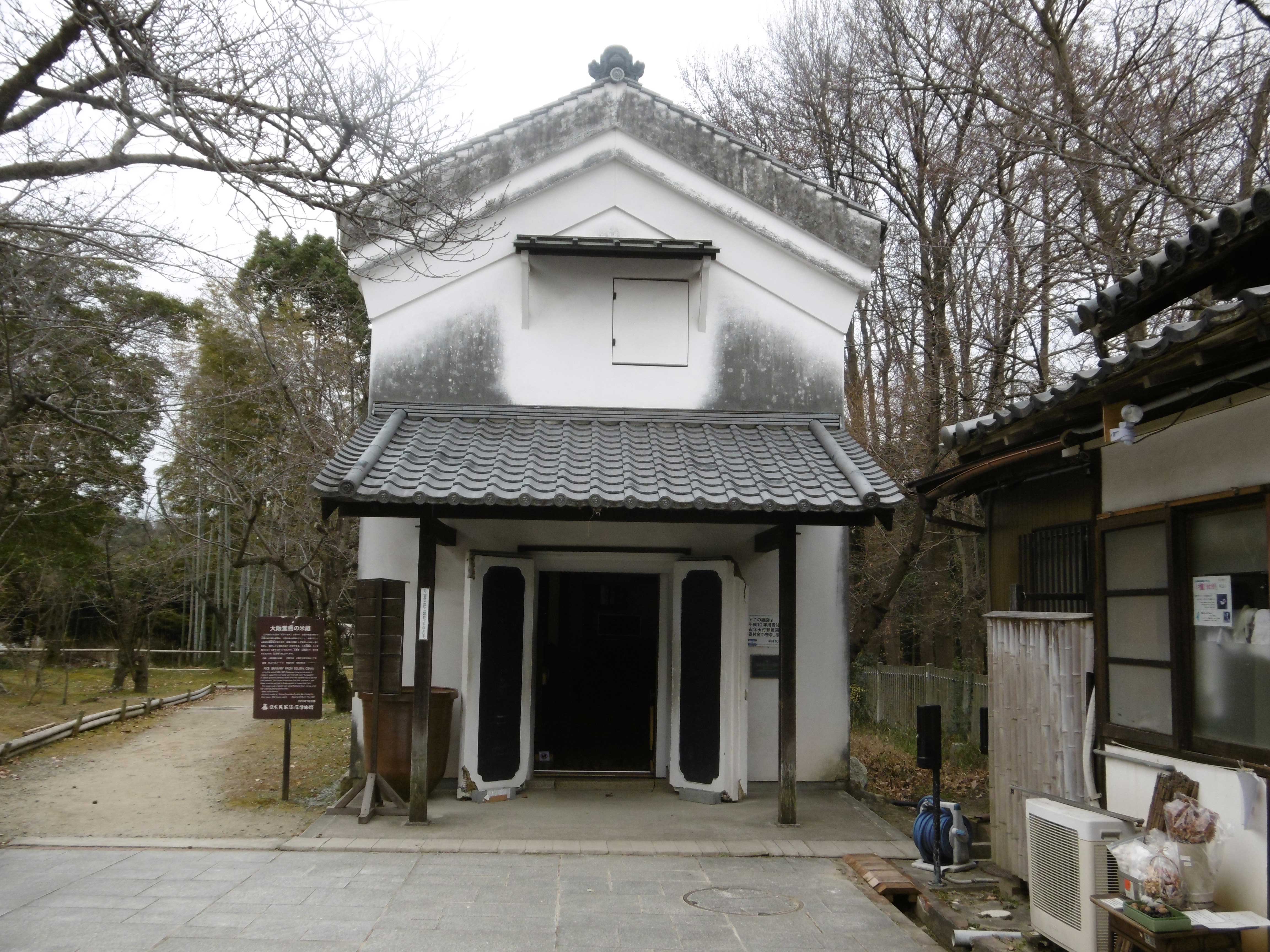
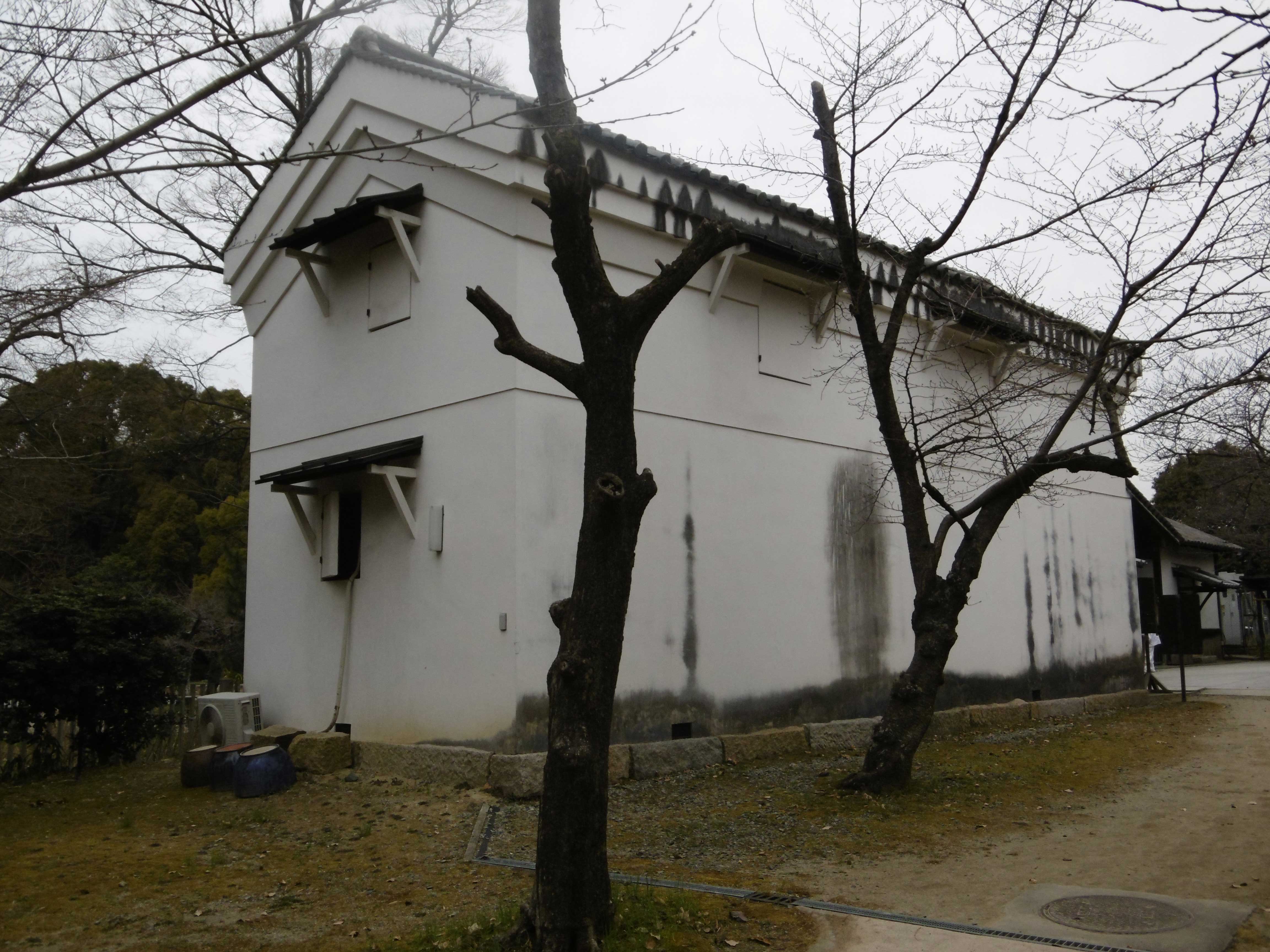
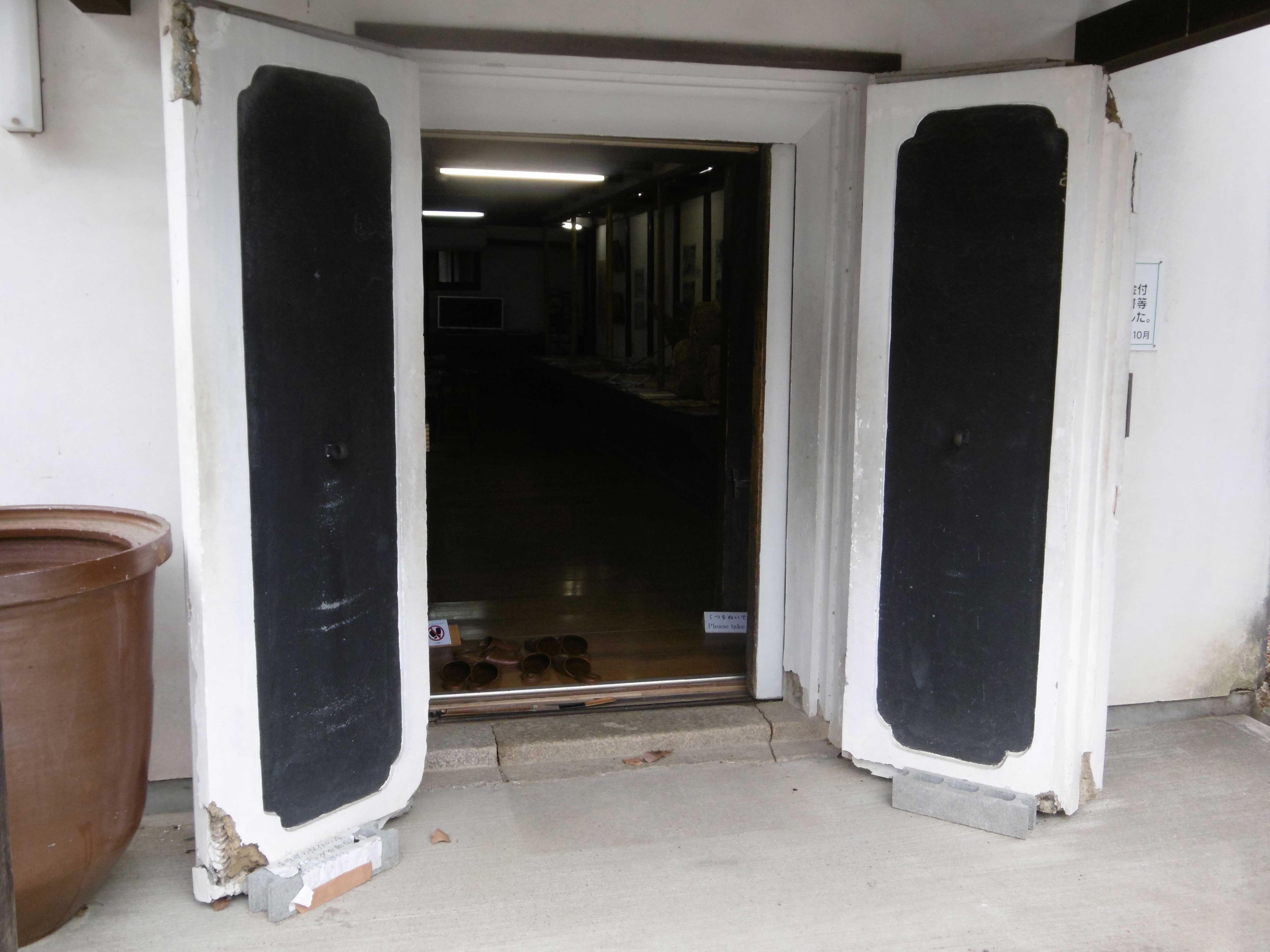
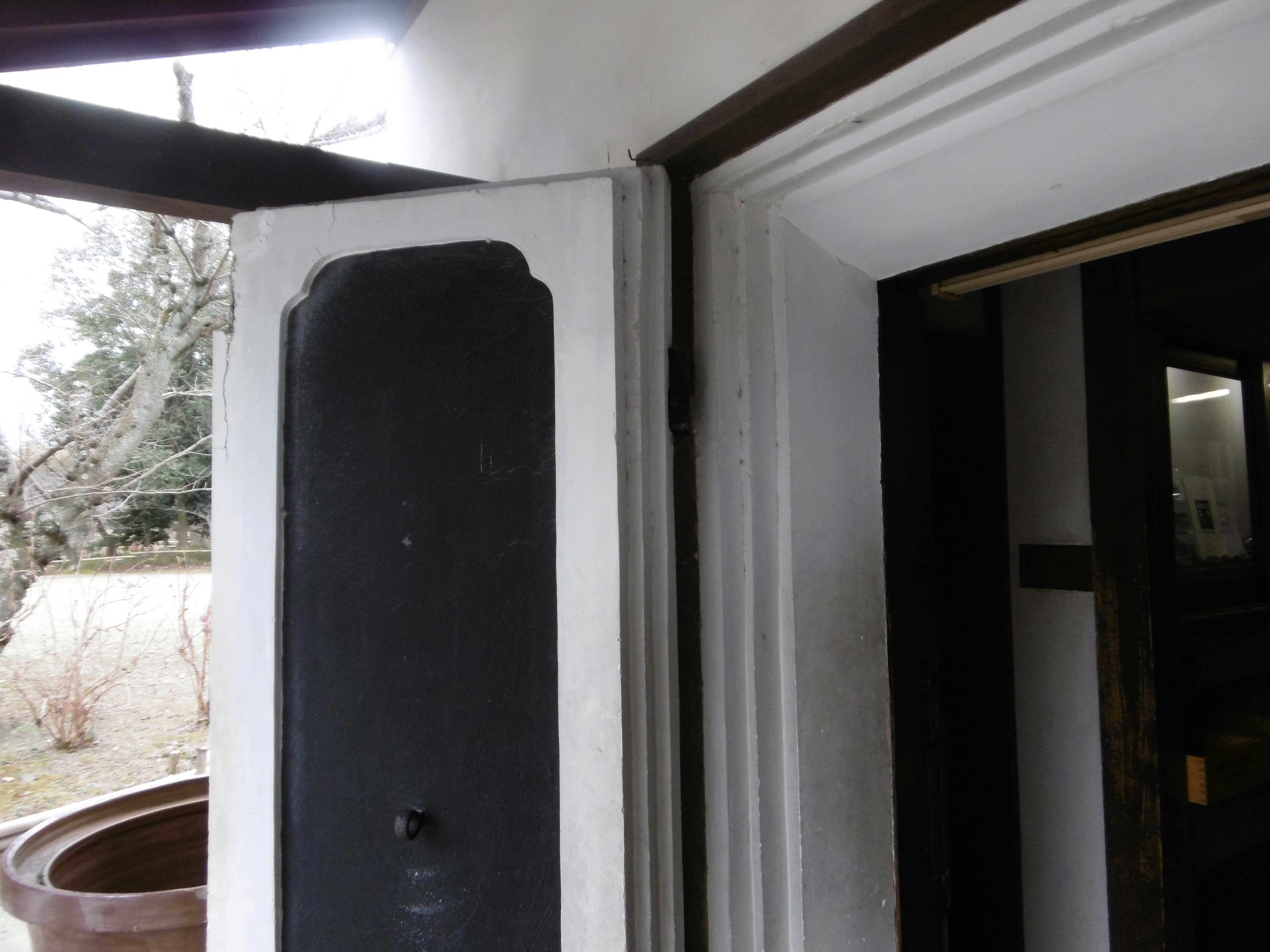
Name Doujima Rice GranaryŃĆĆin Nihon Fork Village Museum Address 1-2ŃĆĆHattoriryokuti Toyonaka City Osaka TEL/FAX 06-6862-3137(TEL)/06-6862-3147(FAX) HP http://www.occh.or.jp/minka/ E-mail Architecture age 1830~1868’╝łlate Edo)/1950(howa25) reform, 1960(Showa35) moved Building type IndustryŃā╗TransportŃā╗Infrastructure Construction mud walls two-story building Outline explanation In Edo era , products from all over Japan were collected in Osaka which is called ” the Kitchen of the Nation”. Daimyo’s city storehouses of the various clans were built along the Dojima River. This rice granary was originally built along the Dojima River. It is a granary built with the mud walls and hongawara-tiled-roof, and the main entrance is on the gabled side. The roof frame with 6 ken(6feet)brace and 2ken beam, has Japanese hut with curved woods fold alternately. The front entrance door was built with triple doors, one is KannonTobira (double doors opening from the center) which is bordered in quince shape, the second one is soil door and the third one is lattice door. On the upper part of outer wall, there are several small windows with eaves. To talk about the building history, it’s originally a rice granary with a single-story house. In Showa25 when Japan Arts & Crafts Museum used this house as an exhibition room they installed the second floor and displayed desks. And in May of Showa 35, this rice granary was moved to Japan Fork Village Museum.
Cultural property type Registered Tangible Cultural Properties Event link open to the public open note 
-
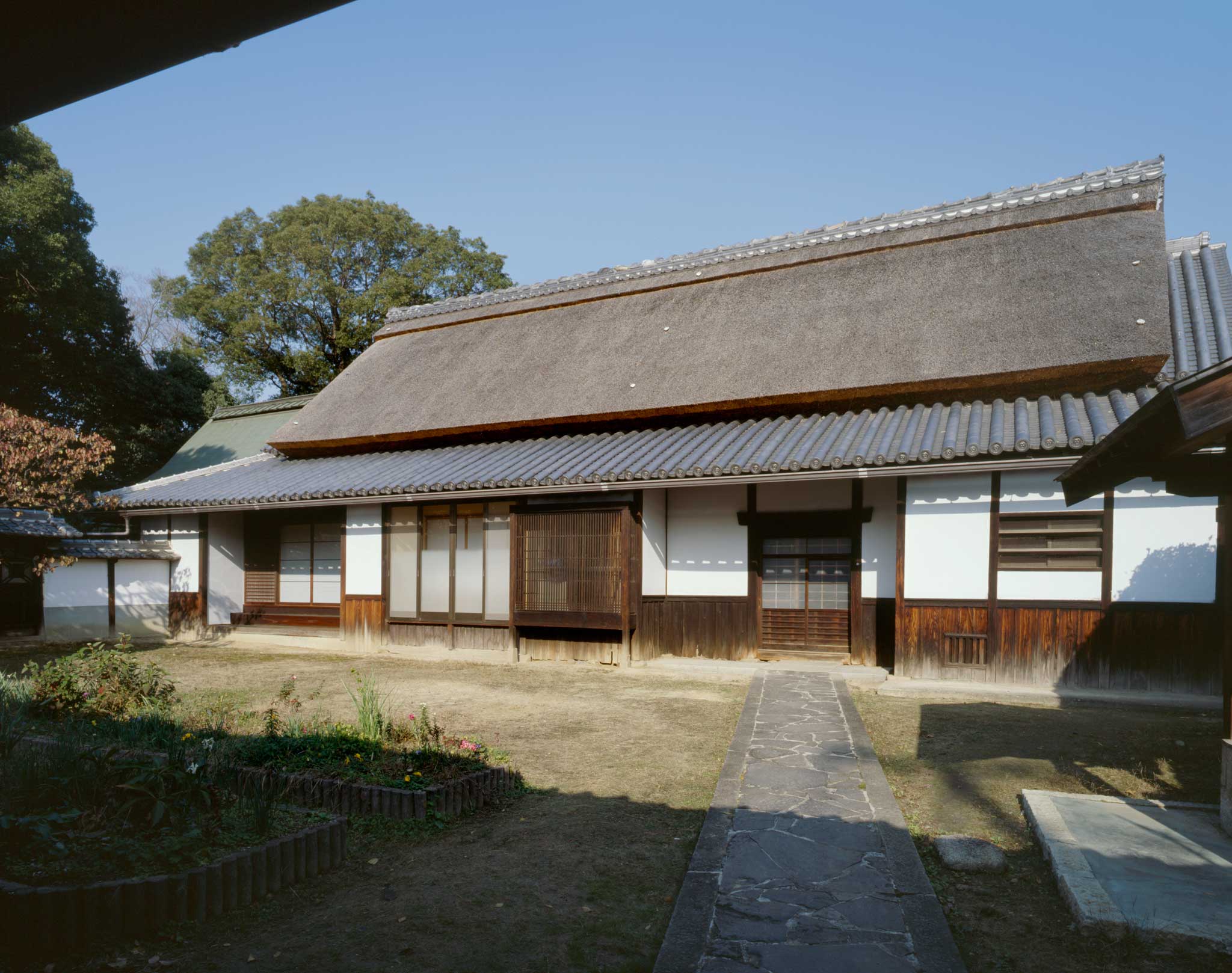
The MatsumuraŌĆ”
The residence of village headmen. Nagayamon(a gate and long house foŌĆ”
-
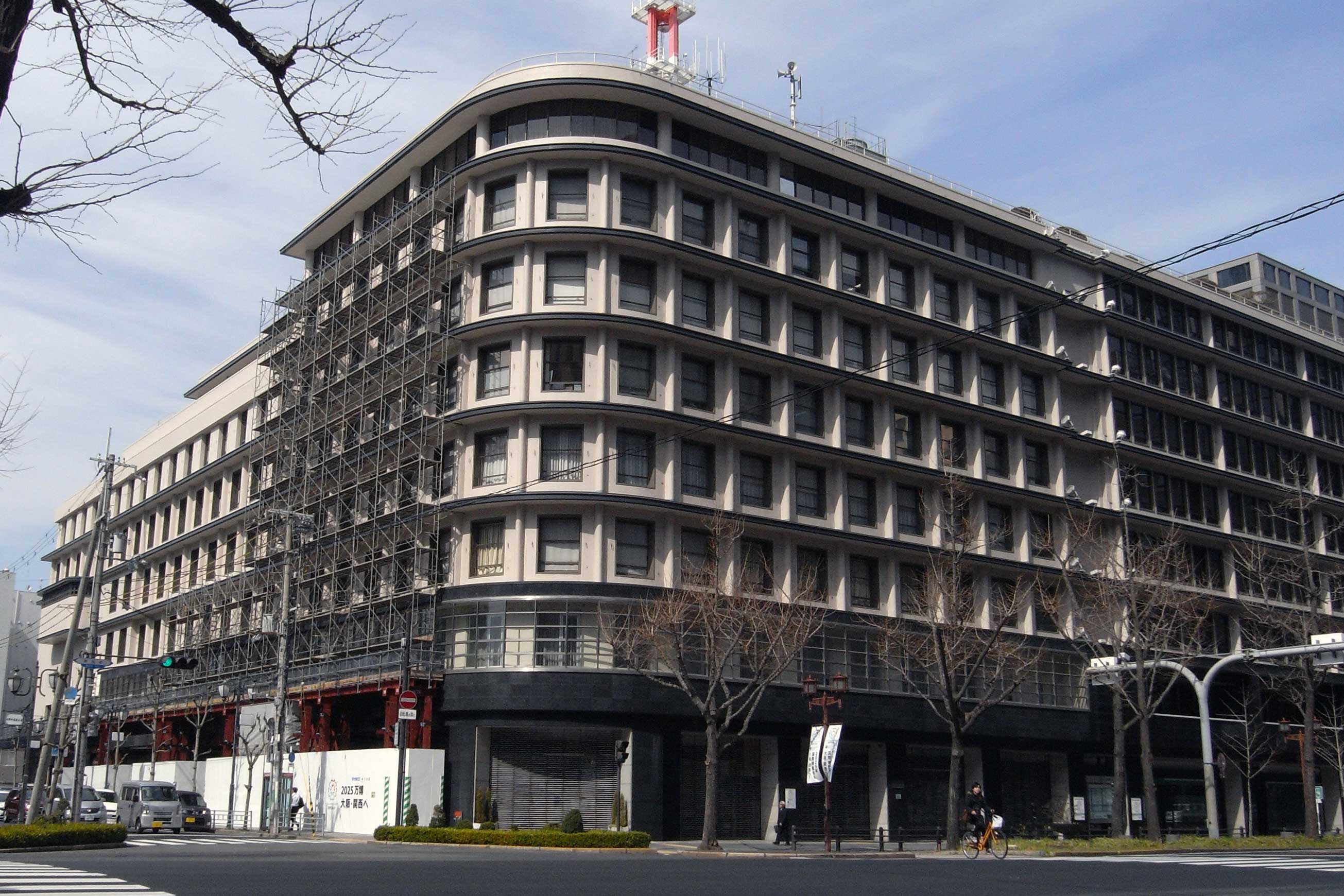
Osaka Gas BuiŌĆ”
The headquarters of Osaka Gas from the early Showa period. Steel reiŌĆ”
-
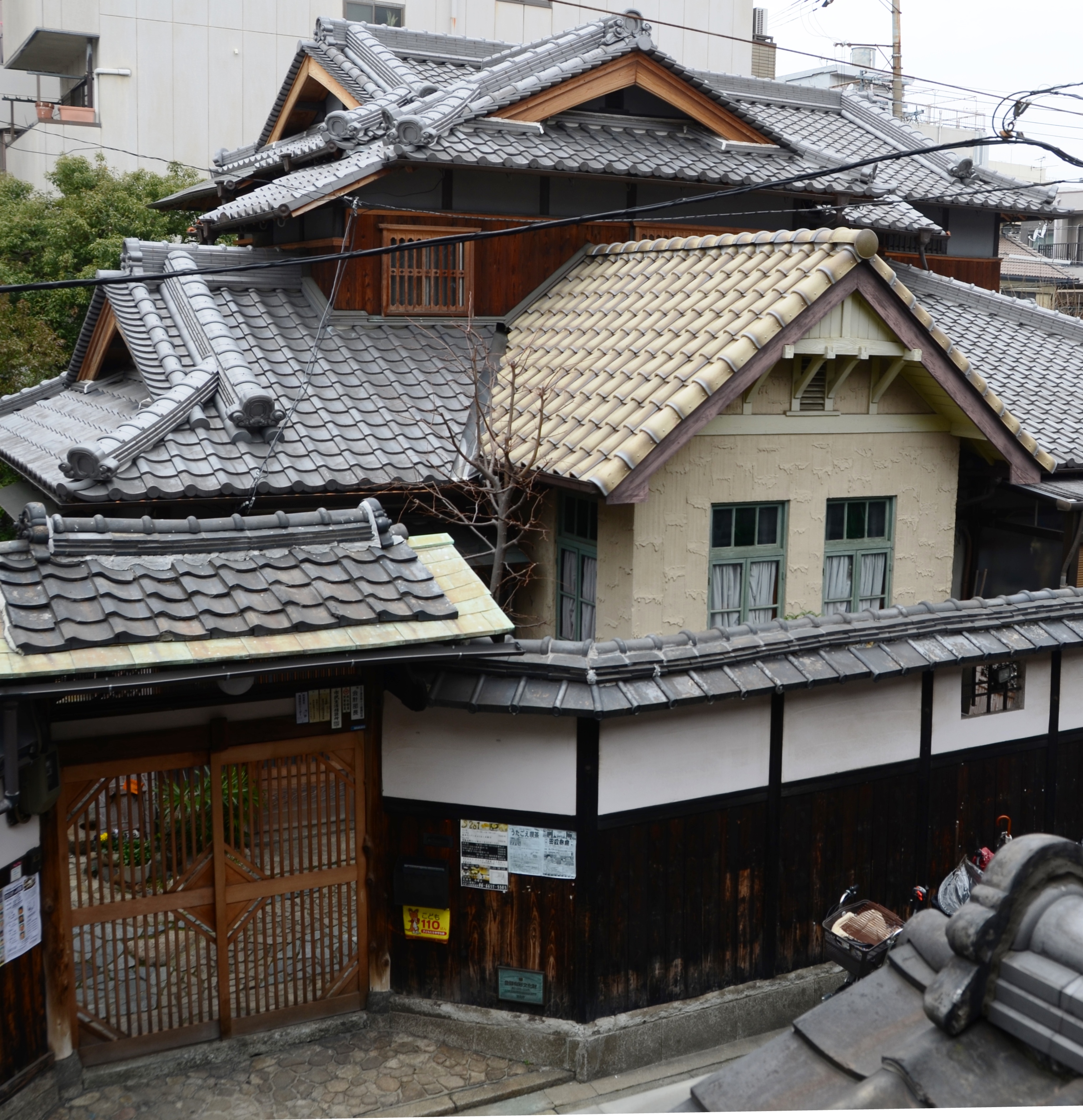
The TeranishiŌĆ”
The typical detached house constructed in the late Taisho Period, a ŌĆ”
more’╝×-

Tako Jizo StaŌĆ”
The station building was opened in April 1914. The name of the statiŌĆ”
-
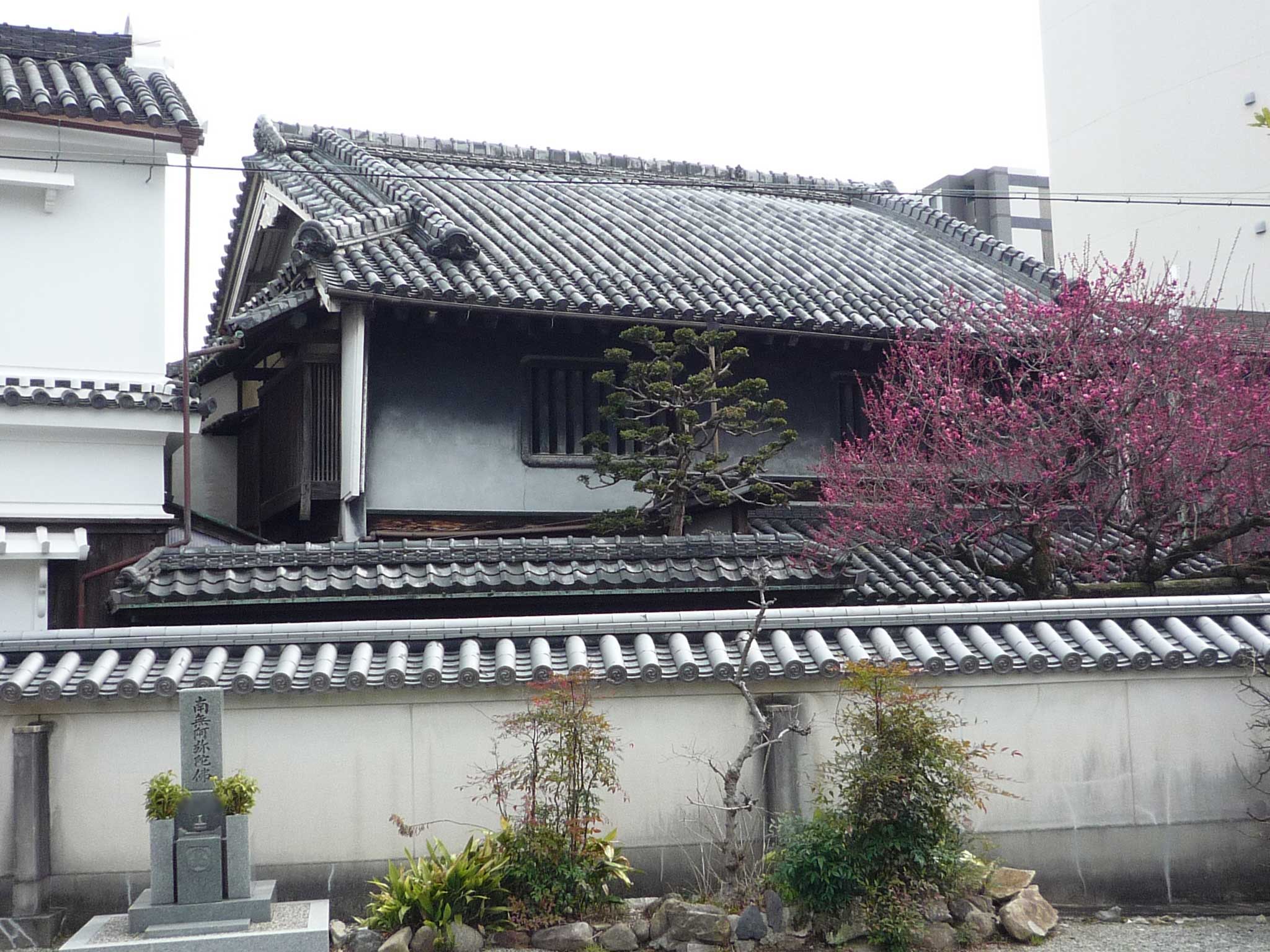
Yoshida Sake ŌĆ”
Many high ways through as stopover for supplies, Ikeda area was prosŌĆ”
-
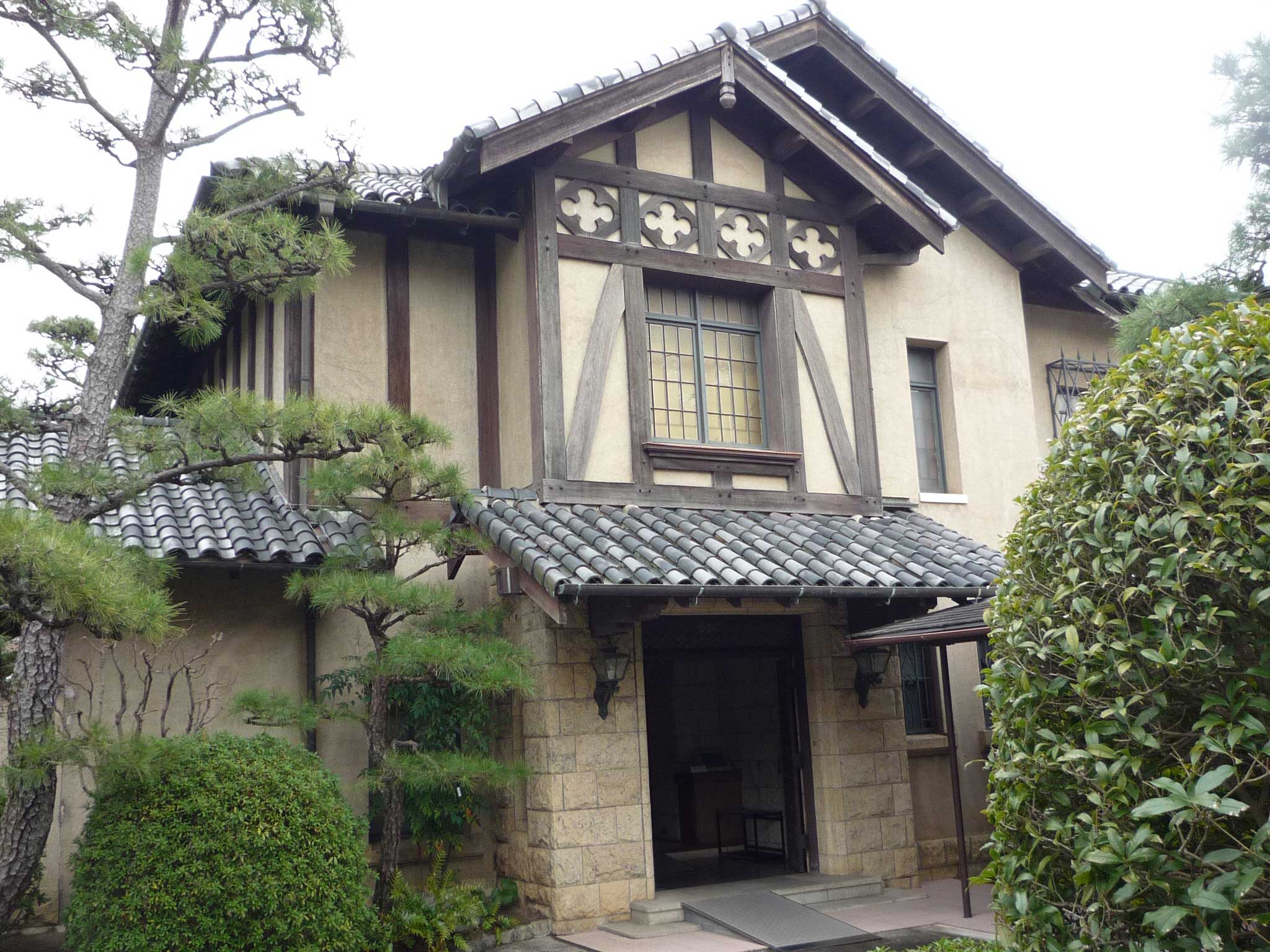
Ituo Art MuseŌĆ”
Ituo Art Museum was used to be called Gazoku Sanso, which was the olŌĆ”
more’╝×
ŃüōŃü«ŃéóŃéżŃé│Ńā│ŃüīŃüéŃéŗÕåÖń£¤ŃéÆŃé»Ńā¬ŃāāŃé»ŃüÖŃéŗŃü©õ╝ØńĄ▒ÕĘźµ│ĢŃü«Ķ®│ń┤░Ńüīńó║Ķ¬ŹŃü¦ŃüŹŃüŠŃüÖŃĆé
